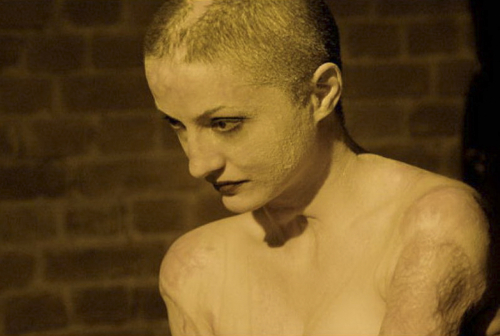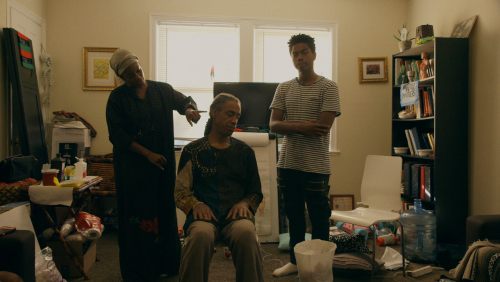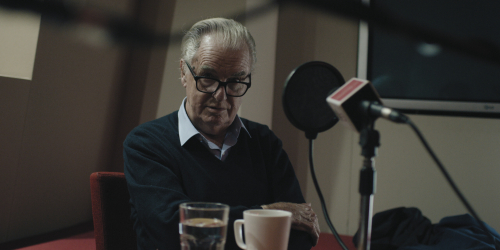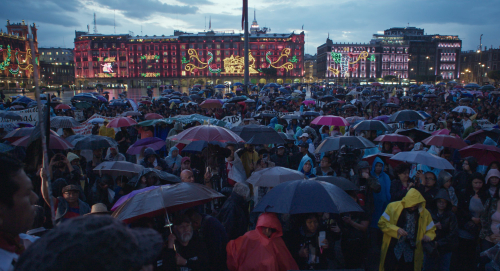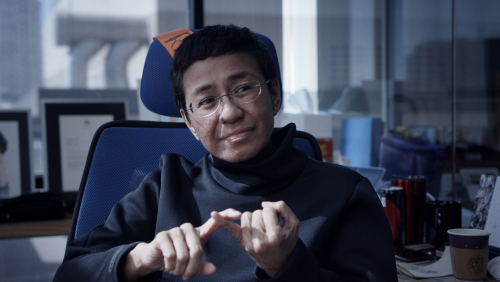Archive
TRUTH DOX
The Exit of the Trains
Ieşirea trenurilor din gară
Directors
Adrian Cioflâncă
Radu Jude
Producers
Ada Solomon
Carla Fotea
Radu Jude
Cinematographer
Marius Panduru
Editor
Cătălin Cristuțiu
Sound
Dana Bunescu
Website
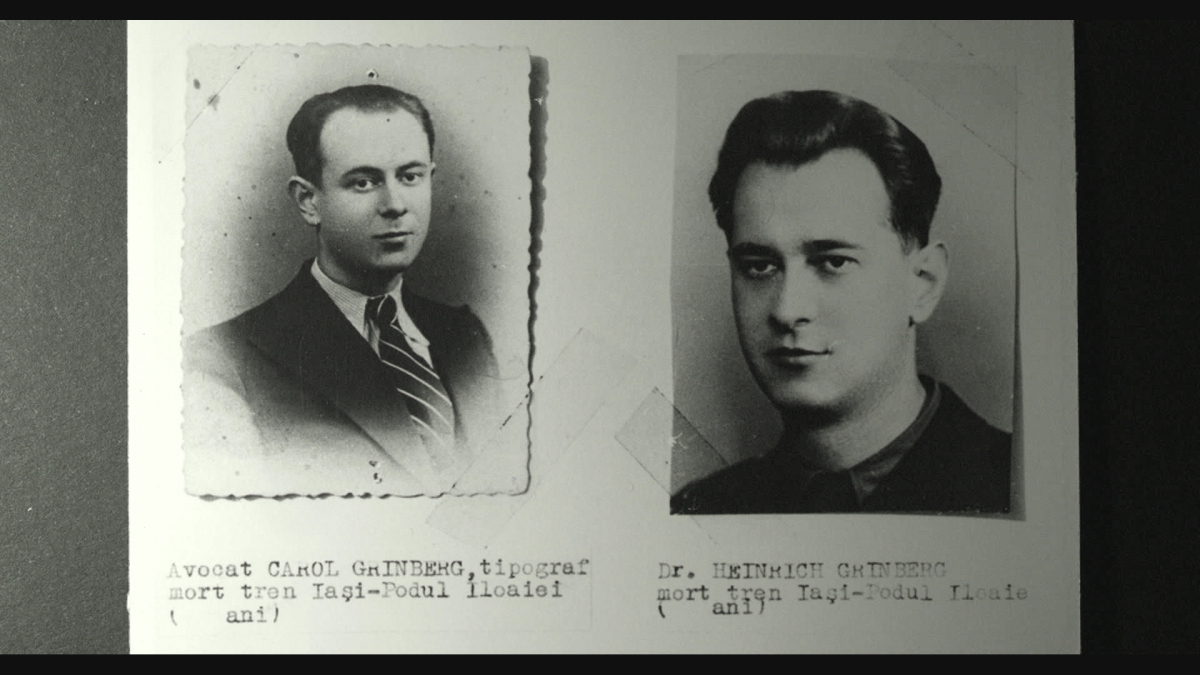

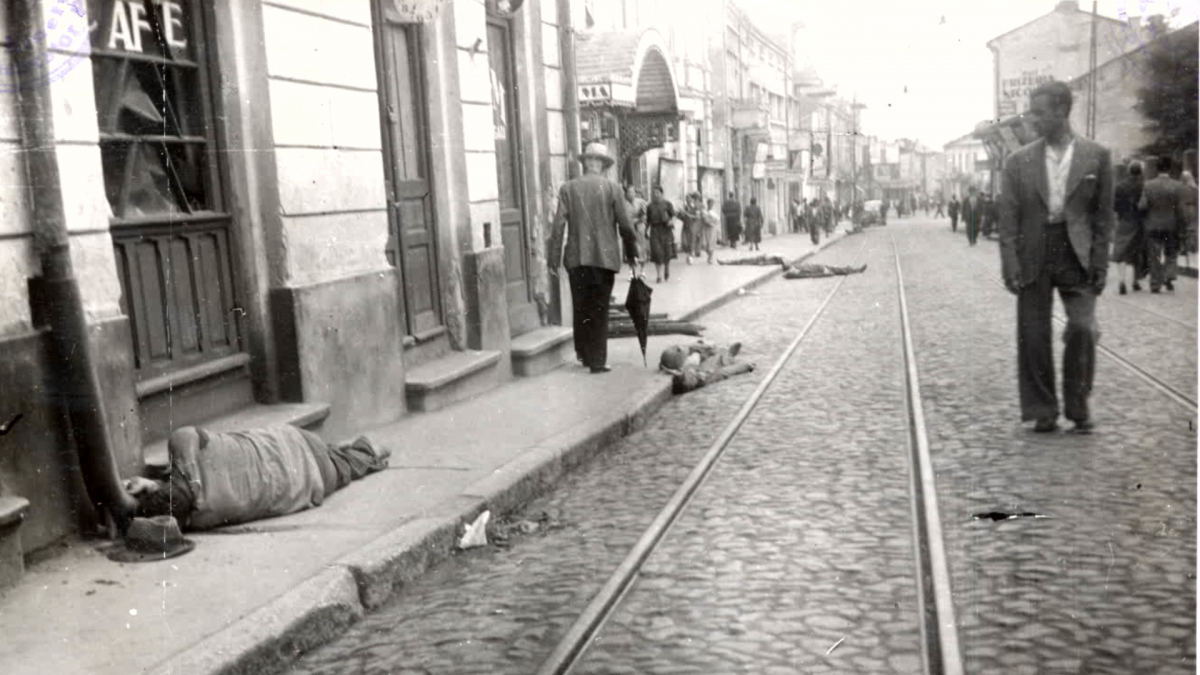
2020
Romania
55 min
Color
On June 29, 1941, the Jewish residents of the city of Iasi were rounded up and beaten, shops and homes were looted, and most of the men were shot or crowded onto trains, where they later died of asphyxiation. While Germans took part in the pogrom, the majority of the perpetrators were Romanian policemen, military officers and civilians. How can a film deal with this crime? Radu Jude and Adrian Cioflâncă have opted for a radical, pared-down approach: their film lists the names of those who died from A to Z, illustrating them with photographs from passports and family albums. Astoundingly sober accounts are heard in voiceover. Through repetition, accumulation and variation, the filmmakers make the scale of the atrocity tangible, allow nuances to emerge and give the number of victims – 13,000 – concrete form, until, at the end, after about two-and-a-half hours, they draw on an entirely different visual register.
Directors' Biography
Radu Jude born in Bucharest, Romania in 1977. He graduated with a degree in Film from Bucharest's Media University in 2003. His debut feature film Cea mai fericită fată din lume, which screened in the Berlinale Forum in 2009, received worldwide attention.
Adrian Cioflâncă born in Piatra Neamt in 1974. He studied History. His work as a historian is particularly focused on the history of the Holocaust and communism as well as political violence. He is currently director of the Wilhelm Filderman Center for the Study of Jewish History in Romania. Cioflâncă has worked as a consultant for various film and theatre productions. Ieşirea trenurilor din gară is his first film.
Other films in TRUTH DOX
Showtimes
No Showtimes
